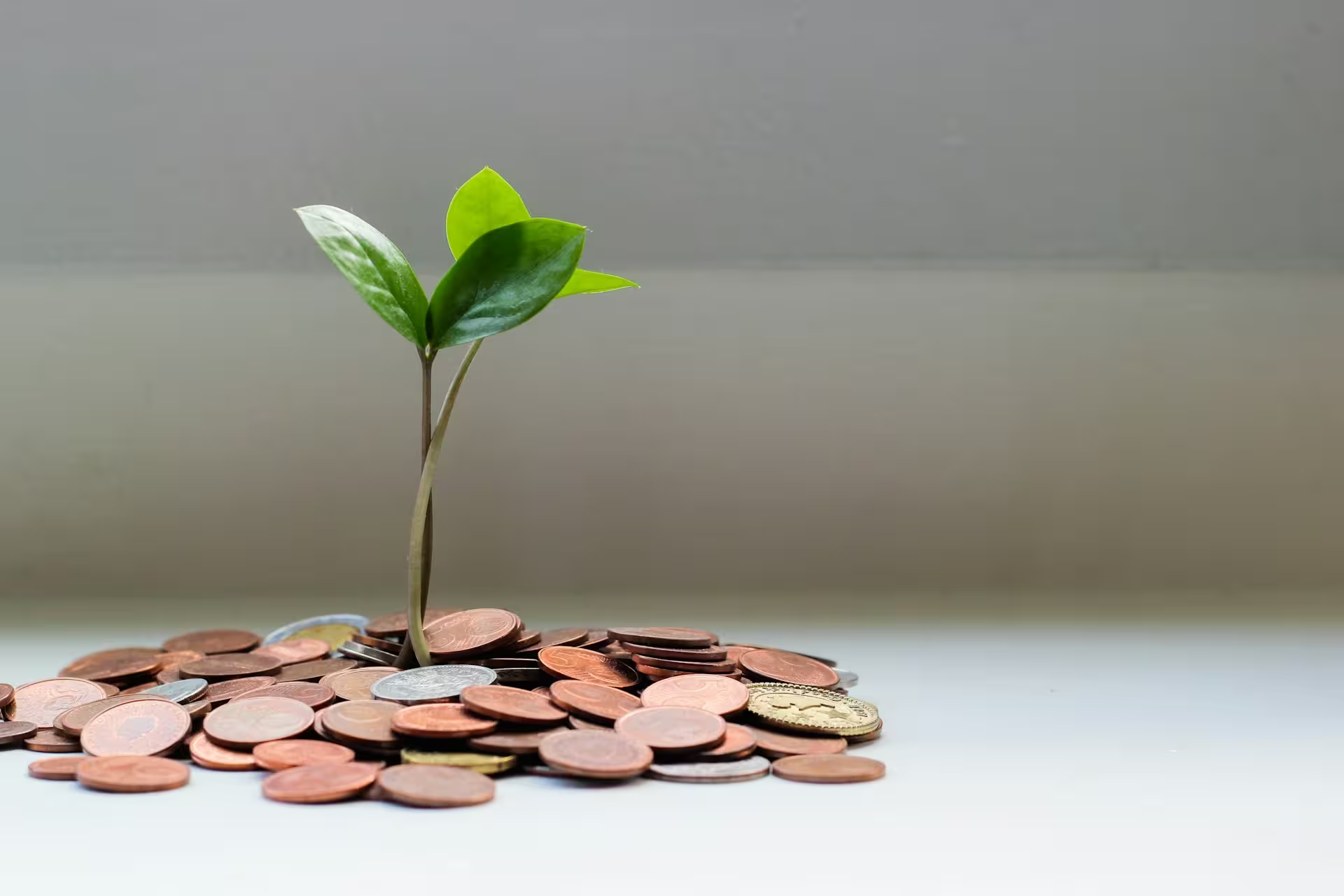How does a cap-and-trade scheme work?
Summary
Cap and trade schemes incentivize industries to cut carbon emissions through market mechanisms, establishing a carbon budget and issuing tradable carbon allowances. This system creates a financial incentive for reducing emissions and decarbonizing, with the price of allowances determined by supply and demand, encouraging investment in cleaner technologies.
The objective is straightforward: decarbonization. However, there are many ways to achieve it. Cap and trade schemes apply the free market laws of demand and supply - they incentivize industries to cut carbon emissions in the most optimal way they find feasible for their operations.
Setting the cap
It all starts with science
The foundation of any cap and trade scheme begins with scientific research. Scientists first determine the viable levels of global temperatures for Earth to remain inhabitable for human life. First, they quantify the impact of carbon emissions on global temperature rise. Then, they can establish how much carbon dioxide can be emitted over a specific period without exceeding these predetermined temperature thresholds.
Determining the carbon budget
With this information in hand, scientists can calculate a total carbon budget for a certain region. This budget represents the maximum amount of CO2 that can be released while still staying within safe temperature limits. Regulators then take this overall carbon budget and divide it into annual endowment, determining the maximum amount of CO2 that an economy can emit each year.
The division into annual budgets allows for better control and monitoring of carbon emissions over time. Industries are expected to gradually reduce their emissions to stay within these annual limits, making the transition to a low-carbon economy more manageable. The goal is to decarbonize progressively rather than forcing industries to stop emitting CO2 too abruptly, which could jeopardize economic stability.
[[cta-nl]]
Managing the budget wisely
The "cap" in a cap and trade system is the total limit on CO2 emissions set by regulators. This cap makes sure that the overall carbon budget is not exceeded. On top of this, regulators can monitor and control how much carbon is emitted each year, in other words, how the overall budget is consumed over time.
Executing the trade
Creating financial incentives
It is not free to have the possibility to consume a part of the overall cap. The "trade" aspect of the cap and trade scheme means that there is a financial incentive for industries to reduce their emissions. Cap and trade schemes motivate industries to invest in greener technologies, the purpose being to still be able to afford producing similar volumes without being burdened by the cost of carbon. This is achieved by matching the carbon cap with tradable assets: here come carbon allowances.
Carbon allowances: a tradable commodity
In a cap and trade system, each tonne of CO2 from the carbon budget is linked to a tradable financial contract, a carbon allowance. For an industry to emit one tonne of CO2 (hence to have the possibility to consume a part of the overall carbon budget), it purchases one carbon allowance. This creates a direct cost for emitting carbon, incentivizing industries to find ways to reduce their emissions.
[[cta-discover]]
The trading mechanism
Beyond simply paying for the right to emit CO2, industries can also trade these carbon allowances. This is where the trading aspect comes into play. By creating a marketplace for carbon allowances, a price is established through the forces of supply and demand. Industries that can reduce their emissions more efficiently can sell their excess allowances to others, creating a financial incentive for continuous improvement in emission reduction.
Decarbonize thanks to the free market price discovery
The price of carbon allowances is determined by market dynamics. As the cap on emissions is gradually lowered, the scarcity of carbon allowances increases, driving up their price. This price signal encourages industries to invest in cleaner technologies and reduce their carbon footprint.


.avif)


.avif)

.avif)




